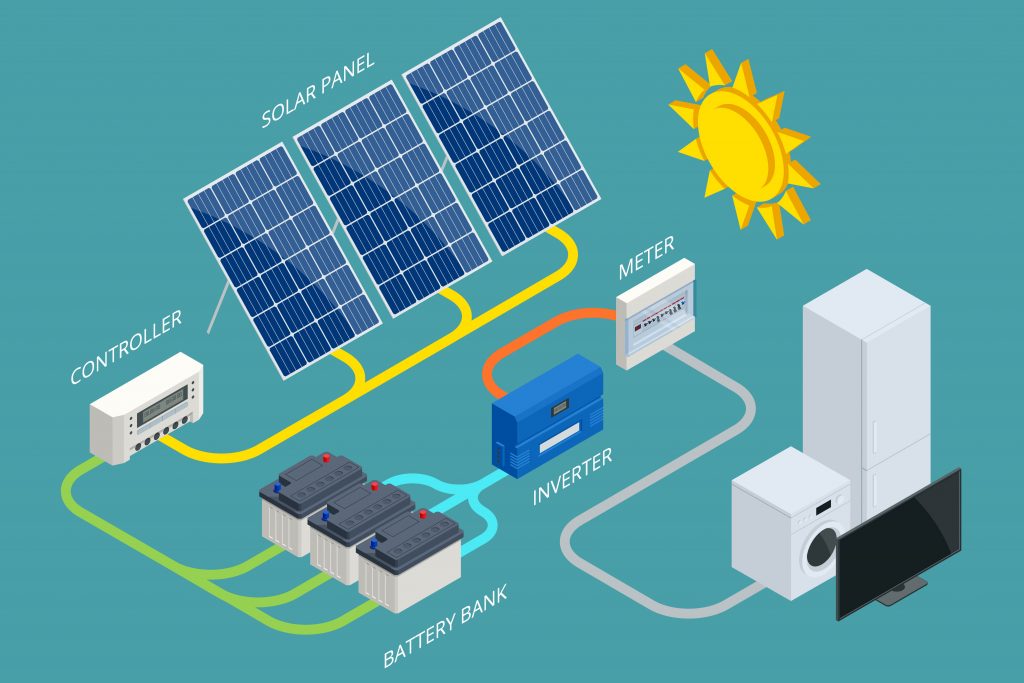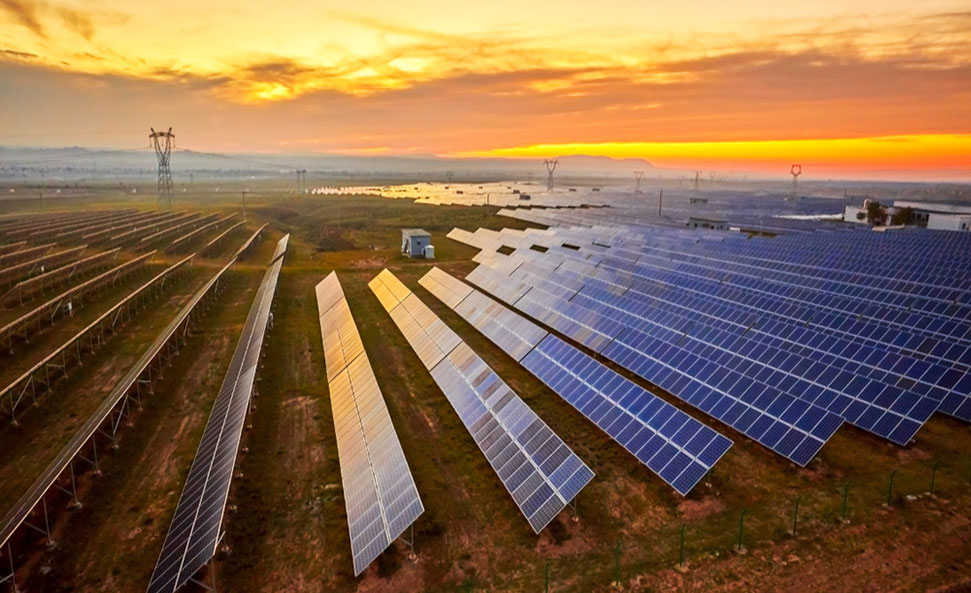Kevin Slager, vice president of strategic communications for the Western States Petroleum Association, believes that President Biden’s policies have reduced America’s energy independence and increased costs for households.
Tesla CEO Elon Musk on Wednesday slammed California’s proposal for a new energy metering rule for solar panels, calling the idea a “weird anti-environmental move,” while the company said consumers would be driven by higher troubled by energy bills.

California’s Net Energy Metering (NEM) program enables 1.3 million customers to install approximately 10,000 megawatts of customer renewable energy generation, nearly all of which is rooftop solar.The plan reduced demand on the state’s grid by as much as 25 percent on sunny noon days.
Biden administration announces record offshore wind lease sales off New York and New Jersey coasts
The proposal, called NEM 3.0, would charge Pacific Gas & Electric, Southern California Edison and San Diego Gas & Electric solar customers a monthly “grid access” fee of $8 per kilowatt of solar, according to the California Public Utilities Commission. .Low-income and tribal dwellings will be exempt.Customers will also pay peak or off-peak rates based on the time of day when grid power is used.
The measure will provide a temporary “market transition credit” for up to $5.25 per kilowatt per month for low-income residential solar customers in the first year and up to $3.59 per kilowatt for all other solar customers.The credit, which will be phased out after four years, will allow customers to repay the cost of a new solar-plus-storage system in less than 10 years.
In this March 23, 2010 file photo, installers from California Green Design install solar panels on the roof of a home in Glendale, California.(AP Photo/Reed Saxon, file) (AP Newsroom)
Most residential NEM 1.0 and 2.0 customers must transition from their existing net metering plan to the new plan within 15 years of system installation.After 20 years of installing solar panels, low-income households will be able to transition.
The move will allow net-billing customers to “oversize” their systems by 150 percent of their energy needs to help fuel future additions of electric vehicles or appliances.
Under current NEM 1.0 and 2.0 plans, the CPUC estimates that low-income households without NEM systems pay $67 to $128 more per year, while all other customers without NEM pay $100 to $234 more per year, depending on the utility.
According to a joint PG&E, SCE, and SDG&E filing, subsidies for net energy metering currently total $3.4 billion a year and could grow to $10.7 billion by 2030 without NEM reforms.The companies estimate that customers without solar will pay an average of about $250 a year more in electricity bills to subsidize solar customers, and could pay about $555 more by 2030.
Tesla, which provides its own solar panels and Powerwall battery systems, estimates the new proposal could add $50 to $80 a month to solar customers’ electricity bills.

“If adopted, this would be the highest solar bill anywhere in the country, including states that are hostile to renewables,” Tesla wrote in a statement on its website. “In addition, the proposal would allow The value of solar bill credits sent to the grid is reduced by about 80%.”
The electric car maker, which merged with Solar City in 2016, argued that imposing a flat fee on solar customers would affect their right to produce clean energy on their own.
“This violates regulatory fairness per tenant and may be illegal under federal law,” Tesla said.“The fixed fee cannot be avoided by adding batteries, and the solar customer pays the fixed fee whether or not they export energy to the grid.”
The company also warned that a “dramatic change” to the current NEM policy would reduce the adoption of clean energy by customers in California at a time when more needs to be done to meet the state’s climate goals, and that shortening the grandfather period would shorten investment customers before solar under the policy.
A Newsom spokesman told FOX Business that the governor “continues to monitor this issue closely and believes more needs to be done.” The CPUC will vote on the measure at its Jan. 27 meeting.
“Ultimately, the California Public Utilities Commission, an independent constitutional committee, will make a decision on this matter,” the spokesperson added. “Meanwhile, Governor Newsom continues to advance his commitment to California’s clean energy goals, which include Cal
Post time: Jan-13-2022




